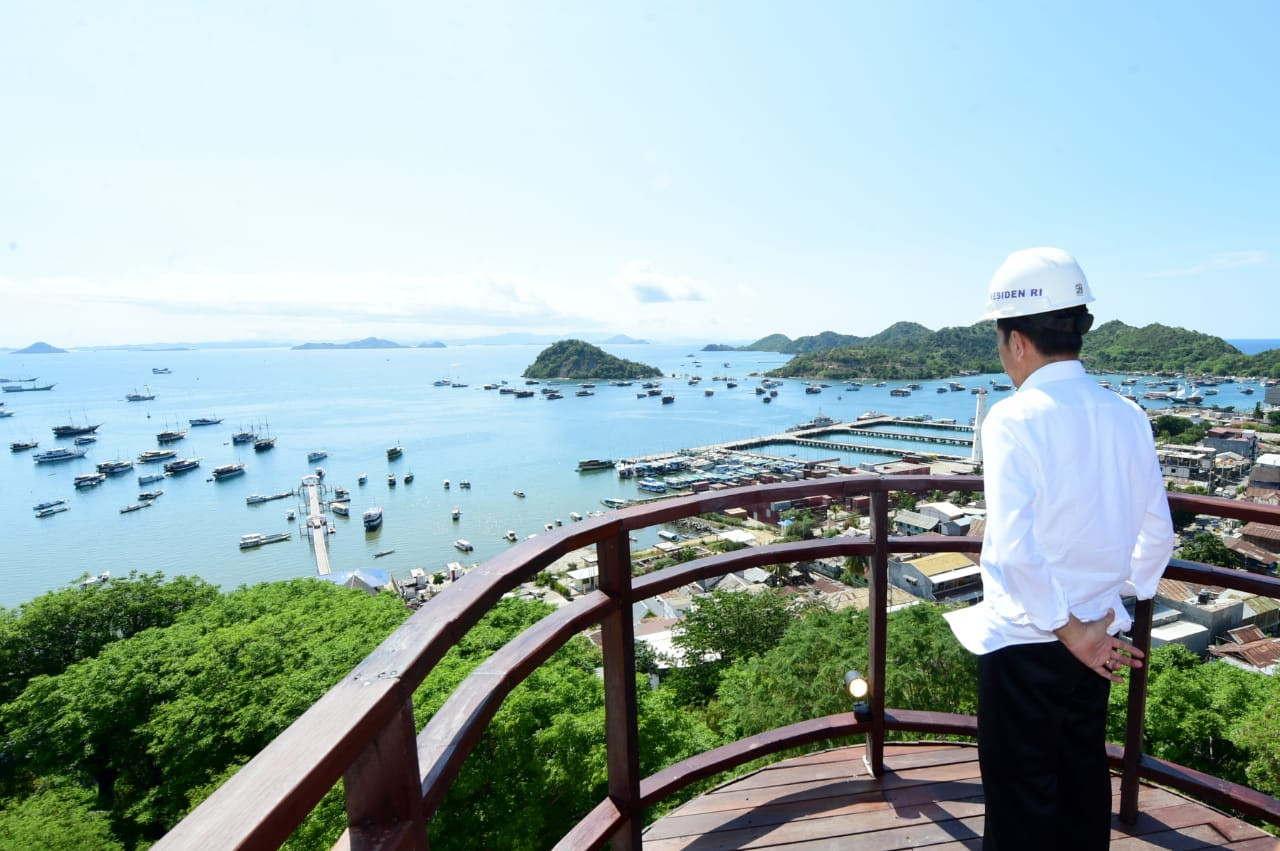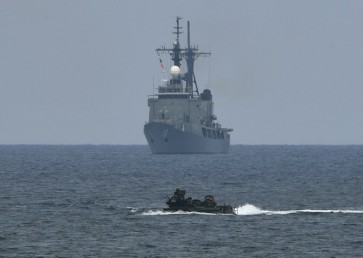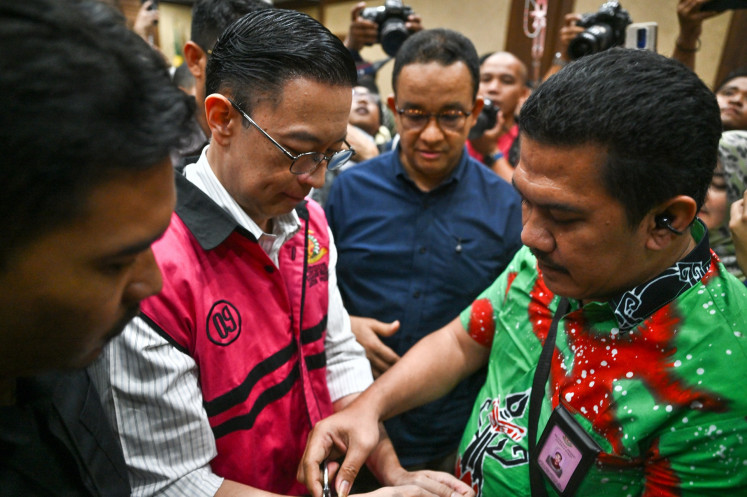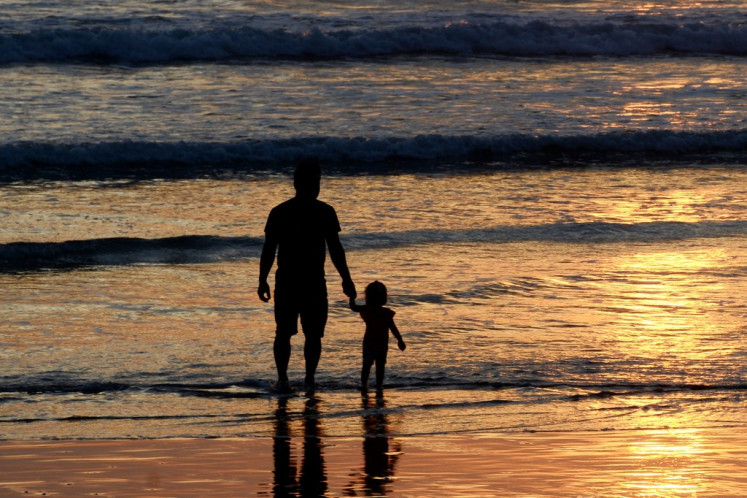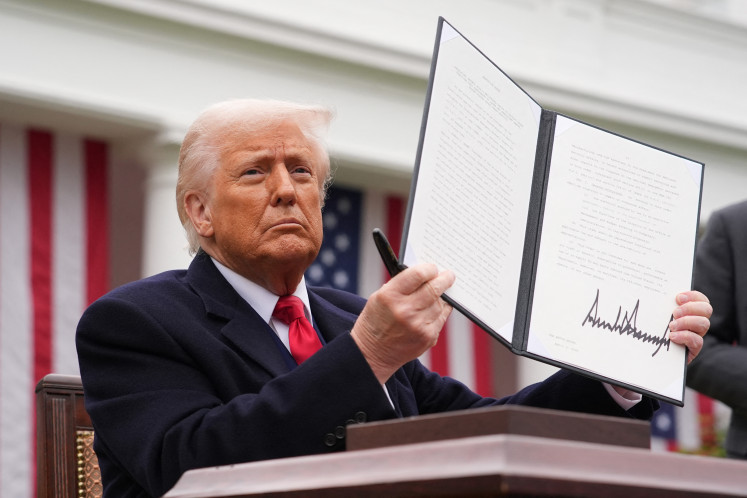Popular Reads
Top Results
Can't find what you're looking for?
View all search resultsPopular Reads
Top Results
Can't find what you're looking for?
View all search resultsTourism Ministry rolls out integrated '3K' system for top 10 destinations
The government has created a new health, safety and security (3K) system and protocols to boost consumer confidence in traveling to the country's top 10 priority destinations.
Change text size
Gift Premium Articles
to Anyone
T
he Tourism and Creative Economy Ministry has introduced an integrated health, safety and security (3K) system to be implemented at the country’s top 10 priority destinations to help the floundering travel and tourism industry amid pandemic pressures.
President Joko “Jokowi” Widodo announced in a prerecorded video at a 3K protocol simulation event on Nov. 12 that the system was intended to ensure the health and safety of tourists while visiting Indonesia.
“For the first time, Indonesia now has an integrated 3K system. The system will be first introduced in Labuan Bajo, and then implemented across all 10 priority destinations,” the President said, referring to the port town in East Nusa Tenggara (NTT) that is considered the gateway to Komodo National Park and other destinations in the archipelagic province.
The 3K system is headed by a single command center that monitors tourist destinations and coordinates the responses of 23 ministries and government agencies in an emergency, ranging from natural disasters to transportation accidents and to health emergencies.
The agencies and institutions that coordinate under the system include local police forces, district military commands (Kodim) and Regional Disaster Mitigation Agencies (BPBDs), as well as the National Search and Rescue Agency (Basarnas) and the Meteorology, Climatology and Geophysics Agency (BMKG).
The COVID-19 health emergency has devastated the tourist industry amid the imposition of the large-scale social restrictions (PSBB) in several regions and border closures to prevent virus transmission. According to Statistics Indonesia (BPS), the number of foreign tourist arrivals slumped 70.57 percent year-on-year between January and September to 3.56 million visitors.
Earlier on Nov. 4, strategic management director Wawan Rusiawan of the tourism ministry said that annual foreign arrivals was projected to decline significantly by 12 million to 13 million visitors from 16.11 million total visitors in 2019.
Read also: Ministry prioritizes four regions for tourism promotion, rebound programs
The ministry has so far rolled out Rp 3.3 trillion (US$233.5 million) in relief grants to 101 selected cities and regencies, where hotel and restaurant tax accounted for at least 15 percent of the locally generated income (PAD) for the 2019 fiscal year.
In addition, the ministry also set aside funding of Rp 119 billion to issue the cleanliness, health, safety and environmental sustainability (CHSE) certification for businesses in all 34 provinces of the country to boost foreign consumer confidence in travel.
During last Thursday’s simulation event broadcast from Labuan Bajo, Coordinating Maritime Affairs and Investment Minister Luhut Binsar Pandjaitan said that tourist destinations located in disaster-prone regions must implement the 3K protocols and conduct regular simulations.
“We need to run simulations like this one to minimize our chances of making mistakes during rescues,” said Luhut, adding that the 3K protocol and simulation must both be tailored to local risk characteristics.
According to INARISK, the online disaster map of the National Disaster Mitigation Agency (BNPB), four of the country’s 10 priority destinations are located in natural hazard zones, also known as red zones.
The four regions are: Mandalika in West Nusa Tenggara, which has a high risk of tsunamis and earthquakes; Tanjung Lesung in Banten, which has a high risk of earthquakes, flooding, tsunamis and landslides; Mount Bromo in East Java, with a high risk of earthquakes, volcano hazards, landslides, forest fires and tornadoes; and Labuan Bajo in NTT, which is prone to earthquakes, tornadoes, droughts, landslides and flooding.
INARISK data shows that the six other priority destinations are located in moderate hazard zones, including Lake Toba in North Sumatra, Tanjung Kelayang in the Bangka Belitung Islands and Thousand Islands regency in Jakarta.
Industry expert and Trisakti School of Tourism visiting professor Henky Hermantoro told The Jakarta Post on Friday that the government was taking the “right step” in establishing the 3K protocols and system, especially ahead of reopening its borders under the “travel bubble”policy.
“During these times, tourists need assurances in safety and security, which we must be able to provide. While it is challenging to maintain health and safety, it [is now] a requisite before establishing a travel bubble with neighboring countries,” he said.
Also on Nov. 12, during the 37th ASEAN Summit hosted by Vietnam, Jokowi called on ASEAN states to swiftly implement the travel corridor policy to take effect in the first quarter of 2021, as part of the regional bloc's efforts to restore its pandemic-battered economy.
ASEAN member states agreed last week on the framework of the ASEAN travel corridor arrangement (TCA) for essential business travelers, in hopes of boosting cross-border business activities.

